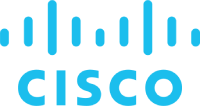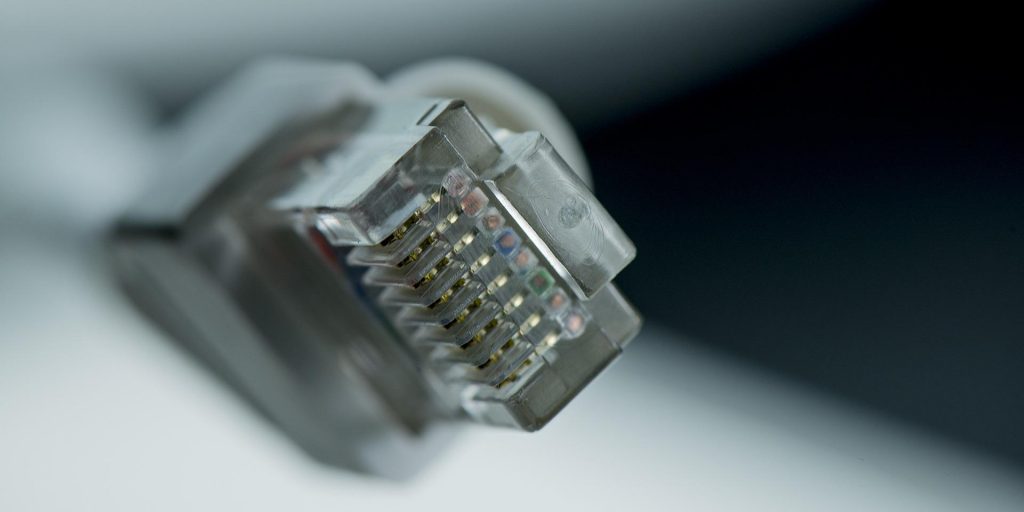Deadline upcoming to apply for Broadband Equity, Access, and Deployment Program
In today’s digital-first environment, broadband connectivity serves as the backbone for all kinds of emerging industry and a newfound post-pandemic way of life—like online school and hybrid work. But as a vast nation fractured by disparate economic engines and differing social norms, equaling the online playing field to ensure everyone has a fair shot at opportunity and advancement isn’t easily achieved at the local level. It takes money, vision and collaboration across jurisdictional lines.
That’s why several federal initiatives tied into the recently passed historic spending packages—namely the Infrastructure Investment and Jobs Act and the American Rescue Plan specifically—come as good news for constituents, whether they hail from urban centers or rural backwaters.
One, in particular, the federal government’s $42.45 billion allocation subsidizing connectivity via the Broadband Equity, Access and Deployment Program (BEAD), deserves attention this week because its application deadline is quickly approaching. Every state, the District of Columbia, Puerto Rico and other territories have so far signed on.
The deadline for communities to submit applications for funding is Monday, July 18.
The broadband program was launched when Pres. Joe Biden signed into law the $1.2 trillion bipartisan infrastructure legislation last November. A few other initiatives to address broadband inadequacies, including a permanent program benefitting low-income households, were also included in the bill. The Broadband Equity, Access, and Deployment Program is the largest, however, and is focused on deploying broadband to underserved areas. The bill “prioritizes unserved locations that have no internet access or that only have access under 25/3 Mbps and underserved locations only have access under 100/20 Mbps,” according to an explainer from Internet For All, a federal initiative.
“America runs on high-speed internet. A strong internet connection powers our economy and supports education. It fosters better public health. And, it connects loved ones and strengthens social ties,” reads the information sheet. “But not everyone is connected. Too many Americans are cut off from the opportunities that high-speed internet makes possible. That’s why we’re working to bring high-speed internet to all Americans.”
To that end, eligible uses of the grant by cities and counties selected include planning, conducting research, collecting data, outreach and training, deploying or upgrading broadband infrastructure in underserved areas, installing internet and Wi-Fi in multi-unit residential buildings, adoption and digital equity programs, and workforce development and vocational training.
Following Monday’s deadline, selected communities must submit a 5-year plan for the grant next year. Plans will begin to be implemented following a few more steps in 2024. More information can be found on the National Telecommunications and Information Administration’s website.





















